|
We all love knowledge! Those little bits and bytes of information we can share to the ears of others.
This week we decided to do something a little different, and our crack team of researchers gathered a few computer trivia facts for you to add to your mind’s database, and perhaps win a round on trivia night or a game of Trivial Pursuit against your significant other. Without further ado, Racine's own Tech Force presents, 10 Random Computer Facts! 1. Funnily enough, Amazon started out as a printed book seller company, but now it sells far more eBooks than printed ones. 2. When people think about hackers they typically visualize a single person in their basement typing strings of unintelligible code with a face hidden beneath a shady black jacket hoodie. In reality, approximately seventy percent of people that write viruses are employed by some form of organization under a contract. 3. You’ve heard about the destructive nature of viruses but did you know that the only way a virus can corrupt your system is via manually letting it in by downloading it through an attachment or clicking the wrong link? Viruses have to be activated in order to work. 4. HP, Microsoft, Google, and Apple all have one thing in common and it’s that they were all started in someone’s garage. 5. Your cellphones have more processing power than the Apollo 11 Lunar Lander, which was used to travel to the moon. 6. Computer programming is presently the fastest growing occupation up to date. It’s also probably one of the safest jobs you could ever get, aside from maybe eyestrain and finger cramps. 7. The majority of computer users likely use Windows as their preferred operating system, but did you know that nine out of ten of the world’s super computers actually run on Linux? Google, Facebook, Twitter, and Amazon are all powered by it too. Linux is a secret superstar. 8. 00000000 – this was the password for the computer controls of nuclear missiles of the US for total 8 years! 9. Funnily enough, one of the most successful people in the world, Bill Gates, was a college dropout. More commonly known as the founder of Microsoft, Bill dropped out of Harvard University just two years after entering in 1973. 10. Though your teachers may have told you to never use Wikipedia as a source when writing essays or papers, around 50% of all Wikipedia vandalism is caught by a single computer program with more than 90% accuracy, and it’s becoming increasingly more accurate with each passing year. Of course, you probably still shouldn’t use Wikipedia as a source… So, there you have it! 10 random facts about the world of computers! May you use this knowledge in good health. Stay tuned to the Tech Force Bits and Bytes Journal as you never know when we will gather more for the curious mind to process! We meander around the web, fall down YouTube holes, read gardening blogs, and laugh at funny cat videos; all while not even knowing that a quiet war is being fought over which browser you do it on. Last week we introduced you to the silent yet brilliant development of the Opera browser, and the subterfuge of Google, now we bring our little abridged history into the modern era in part three of Browser Wars. Mozilla was dominating, and Google was taking notes. Microsoft – no matter how hard they tried – just didn’t seem to have the time to develop a stable web browser. They had too many plates spinning over the computer world and seemed to be having trouble keeping them all going at the same time. Then in 2007, the rumors were started sprouting up that “Google is making its own browser.” Having won the hearts of the internet public by becoming the most reliable search engine, Google used some of the cunning and guile it seemed to have learned from Microsoft to spark a fire for its new “designs” in the world of browsers. In September 2008 Chrome spurred Google’s climb toward the top of the internet food chain. A browser that let us search the web at the speed of mouse clicking. Google began releasing new updates almost every month. Chrome helped us organize our lives, view our planet from the comfort of our homes and didn’t crash when we taxed it with our thirst for knowledge. Google’s Chrome seemed to have no boundaries. While this was going on, world seemed to have forgotten about oh-so-forgettable Internet Explorer, and it was Mozilla’s turn to scramble to keep up. Firefox began releasing updates one after another in an attempt to rise back to the top. Unfortunately, this caused Firefox to become unstable at times, it’s coding demonstrating the panic of the company. Technological advances were out growing the software we were using to explore the knowledge that was now quite literally now at our fingertips. With Windows 10 we learned what Microsoft had been doing in order to get a better foothold in the World Wide Web. Edge was shown to us for the first time, and had some innovations of its own. Sadly, it seemed that Microsoft was still trying to keep too many balls in the air. Edge was and is exciting in some of the things that it can do, but it still feels a bit wobbly from such a rushed development.
The browser war continues, and each time we open our browser of choice we inadvertently help in the fight – and each time one of the players creates a new innovation, the battle begins anew. For now, we know who the major players are, but as we’ve seen, that can always change rather quickly. By the late 1990’s, while Internet Explorer was relishing in it victory over Netscape using it’s cunning and guile through the Microsoft “monopoly” on Operating Systems for the PC, a little fox was sneaking up to the battlefield. Originally known as Mozilla, Firefox started in 1998 as a Linux based web browser. Rather than having a single corporation working on the “Phoenix” project, Mozilla was a community based project started in an attempt to give internet users more free software choices. Its popularity grew as the population of the World-Wide Webbers took notice that it worked on Windows as well. Mozilla brought us features like an easier to manage bookmark system, and the ability to have several windows open at one time without crashing our computers. Believe it or not, by 2002 more than half of internet users were using this new lightweight, free internet browser. The Yahoo search engine took its business to this vastly more popular web browser, and users relegated Internet Explorer to being nothing more than a means of finding and downloading another browser (namely Mozilla/Firefox). Of course, this wasn’t the end of the war, not by a long shot. A new player emerged on the field; silent, shy and innovative in its small compact size and use of “tabs” – Opera. Though not a major player, because it wasn’t a free web browser when it first came out (Opera would come at a cost of seven American Dollars). At this point, Mozilla was still winning, namely because it was distributed freely, at no cost to the users. However, many aspects that Opera carried in its code became the foundation for the major web browser of today – Google Chrome. Back when Google was just getting started, and learning to crawl our web pages, it was the main search engine of the little known Norwegian browser Opera. Over time the Google search engine began to grow in popularity and used it’s eight web crawling legs to walk away from Opera in 2008. Taking its new-found fame and the Chromium Programming Language with it to become what today is the biggest meanest Web browser/search engine mogul of the internet.
While the Opera web browser kind of faded away from the spotlight; it’s innovation gave way to the amazing web browsers we have today. Multiple tabs, speed dial, ad-blocking, and other extensions – it did what it set out to do: Bring the extraordinary to the stagnant. With Chrome taking off as the new “in” browser, Internet Explorer was beginning to have a hard time keeping up. Firefox and Opera had made us look at internet browsing in a whole new way. It was time for Explorer to try to catch up and get its Monopoly back! Will Microsoft be able to come back from its defeat? Will Google take over the internet? Or will Vivaldi take us to the Edge? Stay tuned to find out. There is a war being fought on the internet right now, but most of us don’t even notice. The war isn’t about the internet itself, but how we access it. Welcome to Browser Wars! This week we’ll take a quick look at how the browser landscape came to be the vicious online battlefield that it is today. By 1995 the World Wide Web was being to be noticed, and began to become part of popular culture. Many of us may remember the first browser we used back then was AOL, a few readers might even remember Prodigy. Seeing the success of the Netscape browser used by these two ancient internet companies, Windows released Internet Explorer 1.0 as part of the Windows 95 Plus pack in August 1995. Both companies began releasing updates in rapid succession over the next couple of years. It seemed that every time we turned around either Netscape or Internet Explorer was releasing a new version and wanting us to update. They were competing for the most users; the title of the best browser. Of course, all this was at the expense of being fairly buggy, but they kept showing us more and more “amazing” features. It wasn’t just users these companies were fighting for, it was money. A popular web browser could make a lot of money from the bids by search engines to be the default search engine, not to mention popular webpages wanting to be pre-installed in the browsers bookmarks. A seemed a minor battle until Microsoft “wowed” us with the speedy and stable update to IE 4.0 in 1997. Using the “monopoly” they had with the Windows operating system, they began packaging Internet Explorer with every release of Windows. Over the next few years Microsoft slowly cut off Netscape’s “air supply” with its numerous resources. It even created a licensing agreement with AOL to base AOL’s primary interface on IE rather than Netscape. IE began adding features much like those of Netscape and few superior. The want to download and install Netscape. Thinking it had finally won the monopoly over the internet, it began to relax with Yahoo as it’s default search engine, and many news websites pre-installed as book marks. It turned its ventures to other things. Little did it know it was being stalked by a big red “O” and a cute little “fox”. Stay tuned to Tech Force's Bits and Bytes Blog for more on the war for Browser Domination next week!
|
Tech Force BlogWe provide you with important, practical tips and insight for your technology and networks for both home and business. Archives
March 2024
Categories
All
|
Get in touch with us! |
See what our clients have to say...
Very pleased with Tech Force! We've been using Tech Force for over four years now. We've had a lot of different people do computer and IT stuff for us, but Tech Force is the first to come in and implement a plan. The plan was executed and we've had no problems. |
More Client Reviews
Read Our Customer Reviews |
We service Racine, Mount Pleasant, Sturtevant, Wind Point, Union Grove, Elmwood Park, Franksville, Caledonia, Kenosha, Somers, Pleasant Prairie, Bristol, Parkside, Oak Creek and Franklin, WI and surrounding areas. Copyright © 2009-2024 Tech Force Computer Service, LLC.


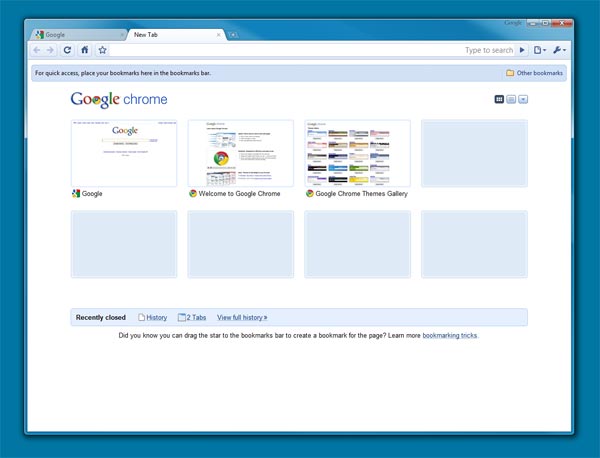
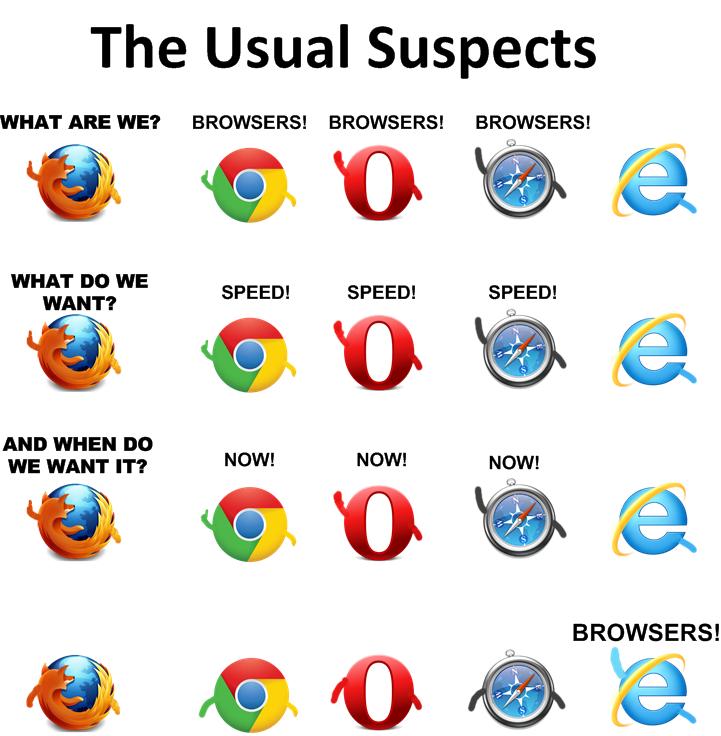
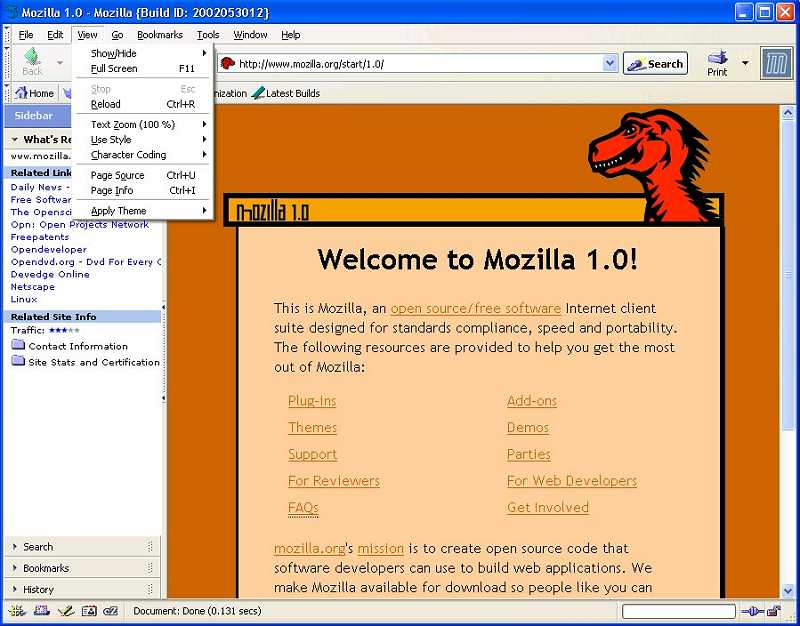
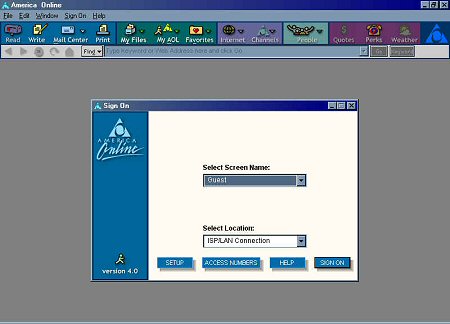
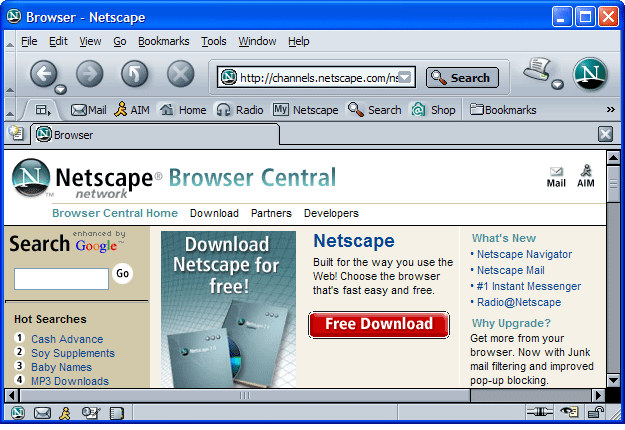
 RSS Feed
RSS Feed
